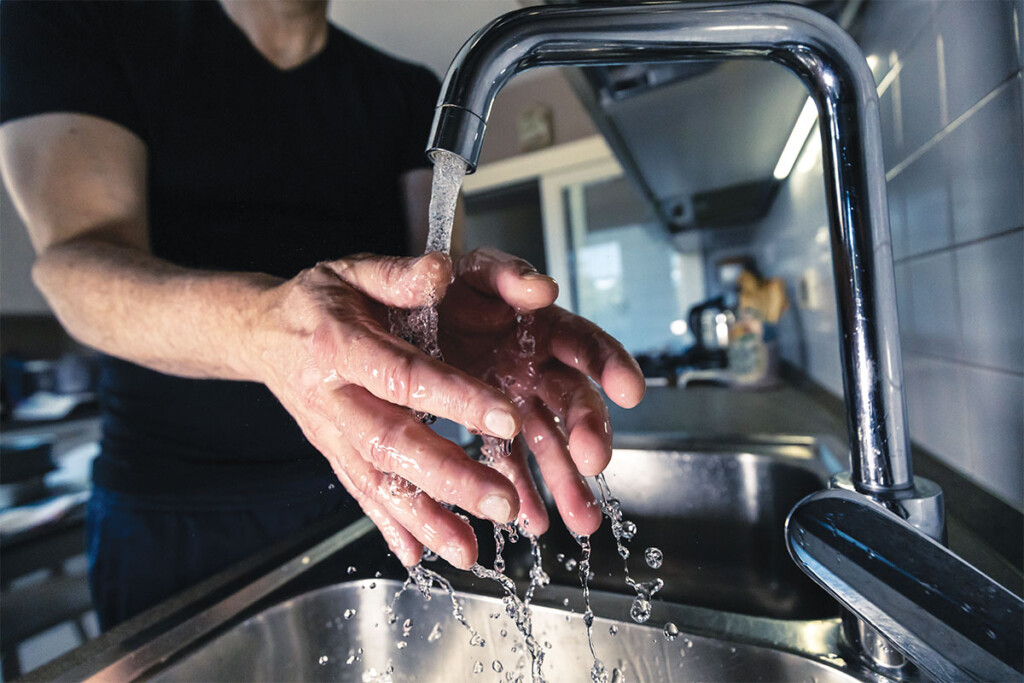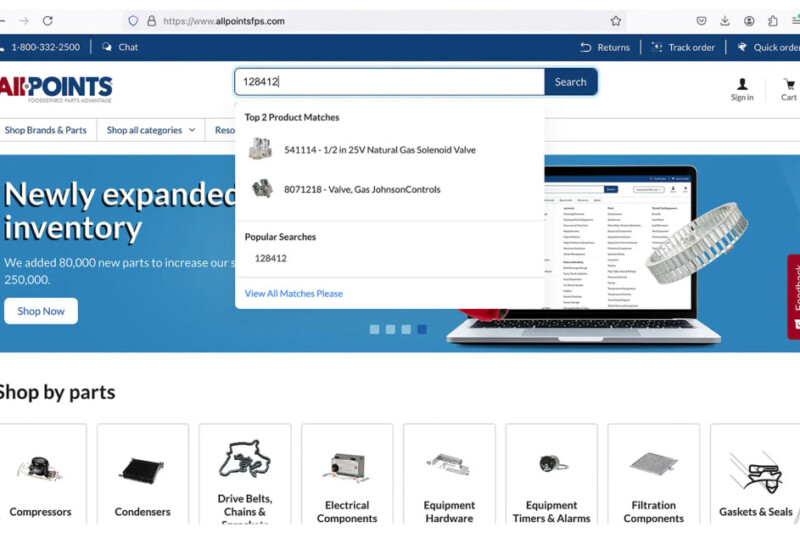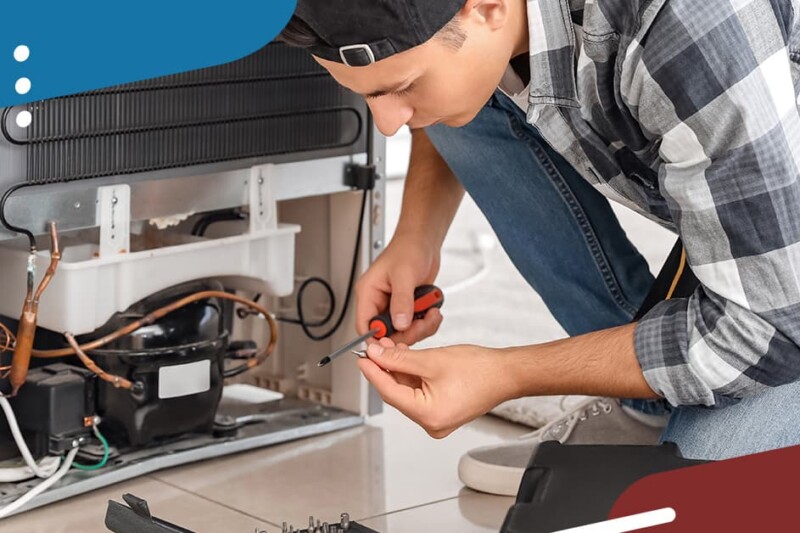Cold Hand-Washing Water Helps Pinpoint Dishmachine Issues
Chris Evans of Gary’s East Coast Service finds a plumbing issue sends a dishmachine into overdrive.

The mystery started with a service call from an assisted-living facility in Connecticut that reported an overheated booster heater had blown off the relief valve on a conveyor-type dishmachine. “It was a brand-new booster heater on a relatively new dishmachine, just a couple of years old,” says Chris Evans, service manager at Gary’s East Coast Service, Oxford, Conn. “We replaced the thermostat, high-limit valve and relief valve, and then ran a cycle and found everything in working order.”
A couple weeks later, the manager called again, the first of several more calls, mostly involving replacing malfunctioning parts.
At the end of each service call the technician would run a cycle and confirm the dishmachine was heating water to 180°F before leaving, only to be called back in again within a couple weeks. The fifth time a problem occurred, Evans went on the call with the technician. The gauge measuring the water pressure coming into the booster heater was reading high, so he replaced the regulator thinking it was faulty. When Evans ran the cycle to check his work, the readings were still off, on pressure and temperature. “The temperatures were inconsistent, reading anywhere between 110°F-140°F, but what really stood out was the pressure, ranging from 60 psi-170 psi when it’s supposed to be a maximum of 30.”
The high pressure was Evans’ first clue that the issue wasn’t the booster heater after all, but a problem with the facility’s water supply. A quick stop to wash his hands confirmed his theory. “There was so much cold water coming through, the hot water wasn’t being allowed to flow to the sink,” Evans says.
Evans went to the basement and found a bad mixing valve, which affected the hot water supply for the entire building. “The pressure was so high the cold water was overtaking the hot water coming from the boiler,” he adds. “This caused the booster heater to run constantly to try to heat the water for the dishmachine, which would eventually cause the electrical components to burn up.”
The facility fixed the plumbing issues and the dishmachine manufacturer sent a new booster heater, so now everything runs well with hot water, even in the residents’ rooms.
THE TAKEAWAY
When preparing for an installation, it’s important to check your facility to make sure existing infrastructure supports the new equipment. In this case, a quick inspection of the plumbing upon installing the dishmachine would have averted an issue that took almost two years to surface, causing undue wear and tear on the new equipment.
RELATED CONTENT
- Advertisement -
- Advertisement -
- Advertisement -
TRENDING NOW
- Advertisement -
- Advertisement -
- Advertisement -


